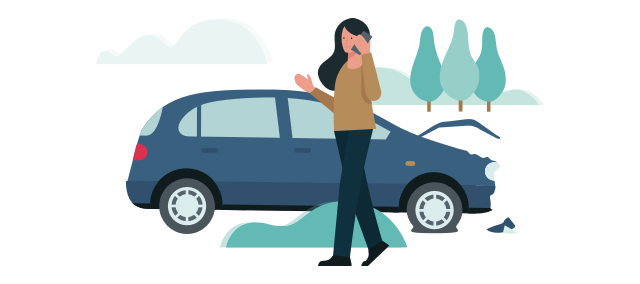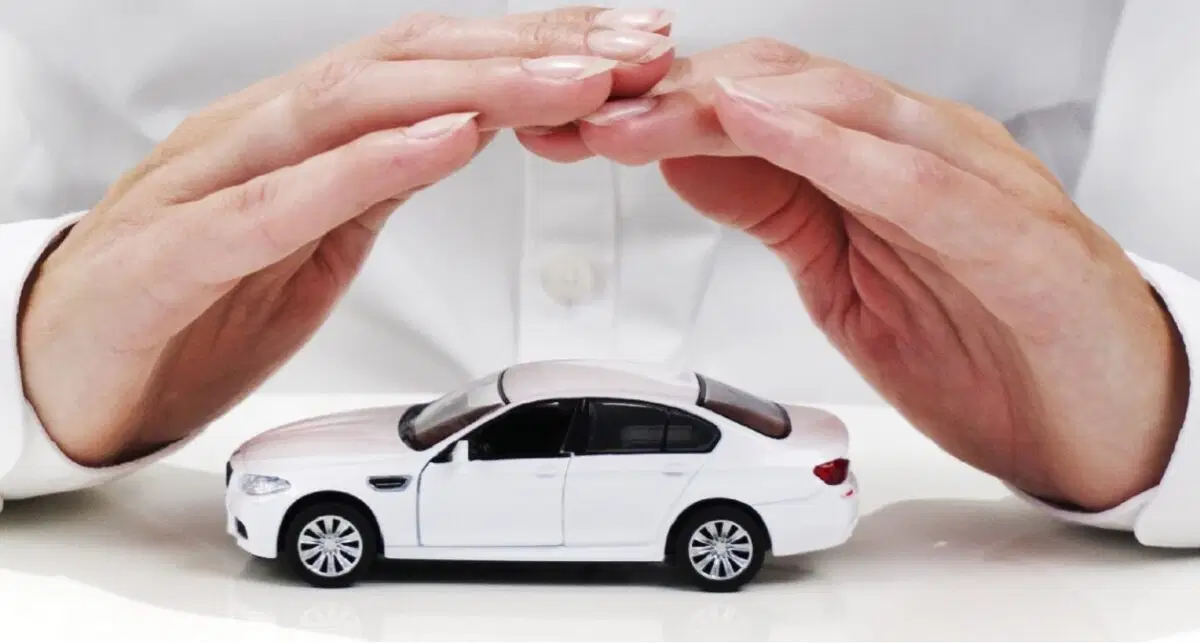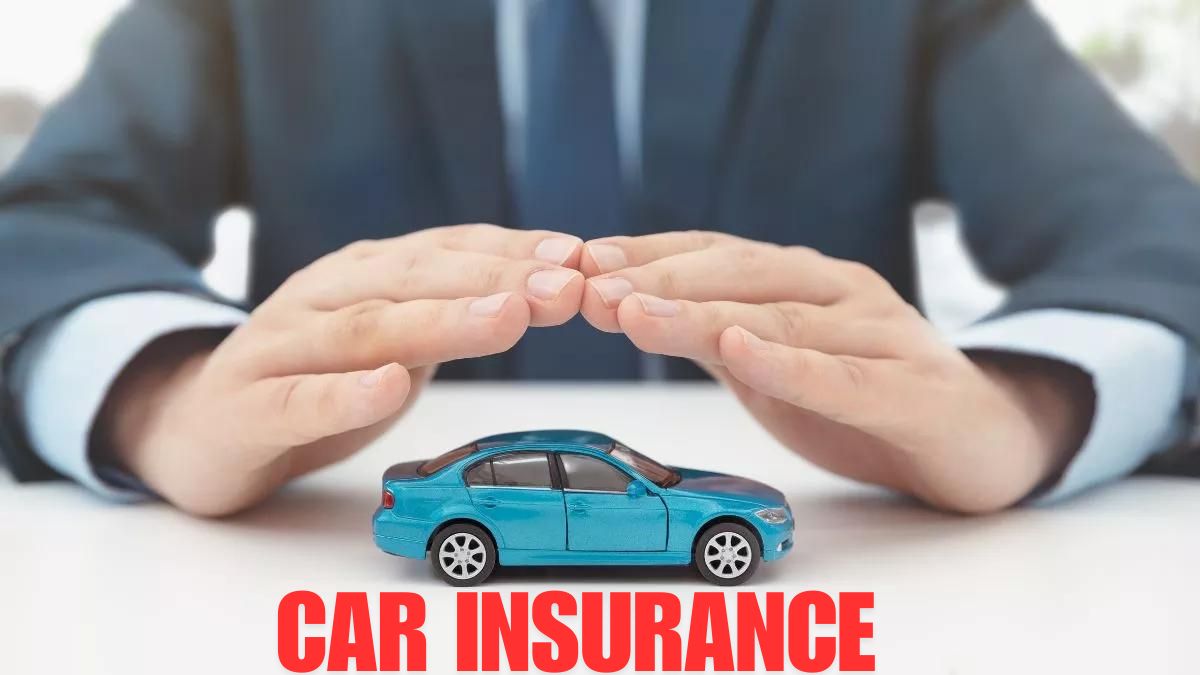Introduction
Car accidents can be stressful and costly, especially when the at-fault driver lacks sufficient insurance coverage. Uninsured Motorist (UM) and Underinsured Motorist (UIM) coverage are essential protections that help safeguard you financially in such situations. This article explains what these coverages are, how they work, and why they are important.

What Is Uninsured Motorist (UM) Coverage?
Uninsured Motorist (UM) coverage protects you if you’re involved in an accident with a driver who has no auto insurance. Despite legal requirements in most states, some drivers still operate vehicles without coverage. UM insurance helps pay for:
-
Medical expenses for you and your passengers
-
Lost wages due to injury
-
Pain and suffering (in some states)
-
Property damage (in some states, though this may be a separate coverage)
What Is Underinsured Motorist (UIM) Coverage?
Underinsured Motorist (UIM) coverage applies when the at-fault driver has insurance, but their policy limits are too low to cover all your damages. For example, if their liability coverage only pays $30,000 but your medical bills total $50,000, UIM coverage can help bridge the gap.
How Do UM/UIM Coverages Work?
-
Filing a Claim – After an accident, you first file a claim against the at-fault driver’s insurance. If they are uninsured or underinsured, you then file a claim under your own UM/UIM policy.
-
Coverage Limits – UM/UIM coverage typically matches your liability limits unless you choose lower amounts. For example, if you have $100,000 in liability coverage, your UM/UIM coverage may also be $100,000.
-
Stacking Policies – Some states allow “stacking,” where you can combine UM/UIM coverage from multiple vehicles under the same policy for higher protection.
Why Is UM/UIM Coverage Important?
-
Financial Protection – Without UM/UIM coverage, you may have to pay out-of-pocket for medical bills and repairs.
-
Hit-and-Run Accidents – Many UM policies cover hit-and-run incidents where the at-fault driver cannot be identified.
-
Peace of Mind – Even if the other driver is uninsured or underinsured, you won’t be left financially vulnerable.
State Requirements and Variations
UM/UIM coverage is mandatory in some states and optional in others. Each state has different rules regarding:
-
Minimum coverage limits
-
Whether property damage is included
-
Whether UM/UIM coverage can be “stacked”
Before purchasing or renewing your policy, check your state’s requirements and consider increasing your UM/UIM limits for better protection.
Conclusion
Uninsured/Underinsured Motorist coverage is a crucial part of auto insurance that protects you from financial losses caused by drivers with insufficient or no insurance. By understanding how UM/UIM works and ensuring adequate coverage, you can drive with greater confidence and security. Always review your policy and consult with an insurance agent to tailor coverage to your needs.
Would you like additional details on how UM/UIM claims are processed or state-specific regulations?



